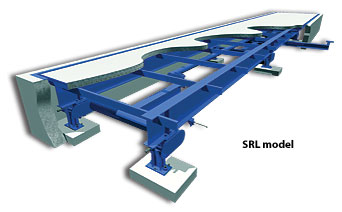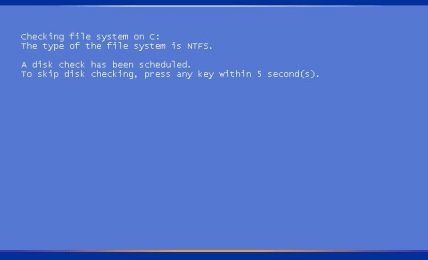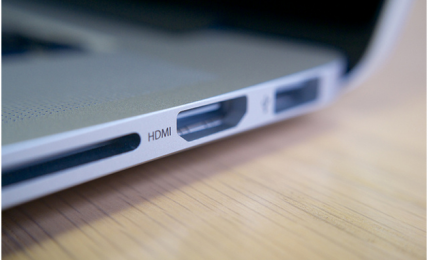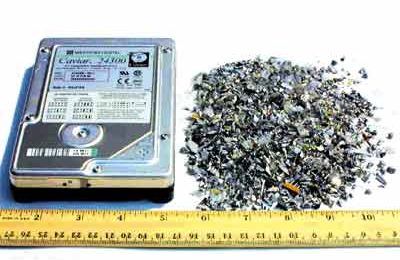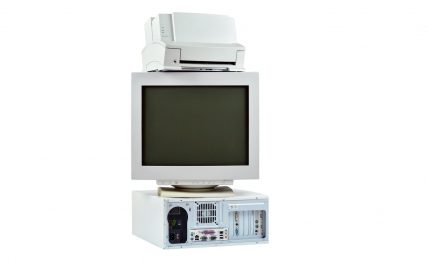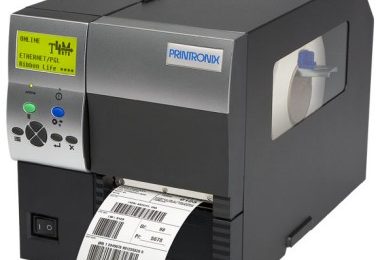Apple used to have the tablet market cornered. In fact, it pretty much created mass consumer desire for tablets in the first place.
But Google Nexus tablets are selling out fast, which means that Apple finally has some real competition in the tablet market. What makes the Nexus competitive with Apple’s iPad? To answer that question, it helps to first take a quick look at how Google took to the field with Apple.
Apple vs. Google
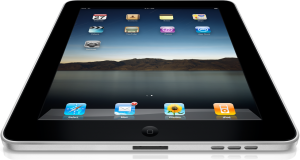
At one time, Apple was the only major player in the consumer entertainment electronics world. In fact, it completely pummeled Microsoft in this arena, with perhaps the exception of Microsoft’s Xbox. Sure, other companies made MP3 players and phones, but it took a long time before anything but the iPhone was considered decent, and we still haven’t reached that point with any other MP3 players.
Apple entered the 21st century basically creating its own market–the cool new innovative consumer device market–where software giant Microsoft just couldn’t compete. Along the way, Apple revolutionized the music industry while changing the way we all thought about personal electronics.
Revitalized after Steve Jobs’s return, Apple was still no Microsoft–but then, it didn’t need to be. It created its own playing field–and it was the only company that was seriously playing.
At least it was until Google came along.
Google’s Android platform, coupled with manufacturers like Samsung and Motorola, carved a sizable portion of the smartphone market straight off of Apple’s dinner table. Now the Nexus 7 seems set to do the same in the tablet market.
So what’s the big deal with the Nexus, and how does Apple stack up against it?
Size Matters in Tablet Wars

One significant advantage for the Nexus is its size. At seven inches, it works as a fully functioning touchscreen computer that can fit in a purse or large pocket. This reduction in total surface area makes the Nexus much more convenient to carry on a casual trip, plane ride or business meeting.
Apple could compete in size as well. If Apple does decide to go after the Nexus 7 and Kindle Fire in the small pad market by coming out with an iPad mini, it might end up cannibalizing its own income source from its loyal customers. If that happens, it might have to depend more on media and content for its income–or on a device that no one can even fathom yet. But that’s an entirely different subject.
What About Apps?
Google and Apple each have their own strong points. Google Play isn’t yet the iTunes competitor it would like to be. And Apple’s iOS naturally doesn’t support Gmail quite the way an Android-powered device can.
The iPad’s graphics are often better looking, which makes it better both for watching movies at home and making presentations at work. But the size of the of the Nexus, combined with the increasingly useful Google Drive, might make it a better device for business as well as personal use.
Speaking of Presentation
Apple has some impressive looking graphics for PDA-type applications like Pocket Informant. On the other hand, the Android version of PI looks like something from the late 80s!
That doesn’t mean that all of the Nexus’s graphics are bad. Word is that some applications–such as the social media magazine Flipboard’s app–actually look better on the Google Android platform.
The quality of mobile graphics across all platforms has increased exponentially since the turn of the century, mostly due to the development of dedicated graphics chips for mobile devices. With circuitry growing ever smaller, it was just a matter of time until we started seeing crisp, realistic 3D graphics on phones and tablets.
Who Will Win the Tablet Wars?
It’s hard to say whether there will be a clear-cut winner when it comes to the Nexus 7 vs. iPad battle; but with the variety of options offered, it seems fair to say that consumers stand to be the ultimate victors.

